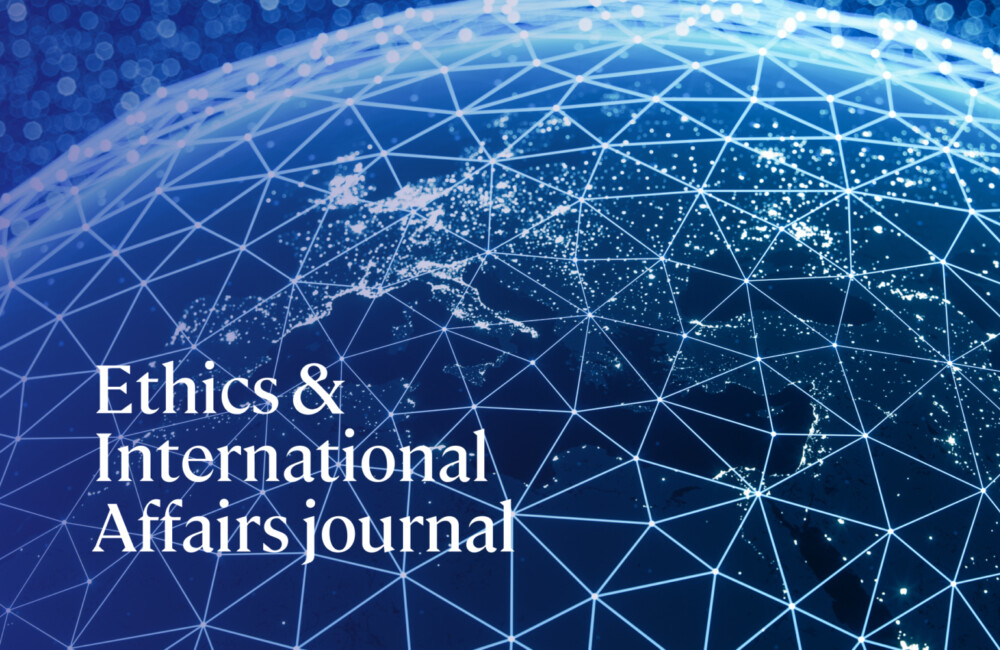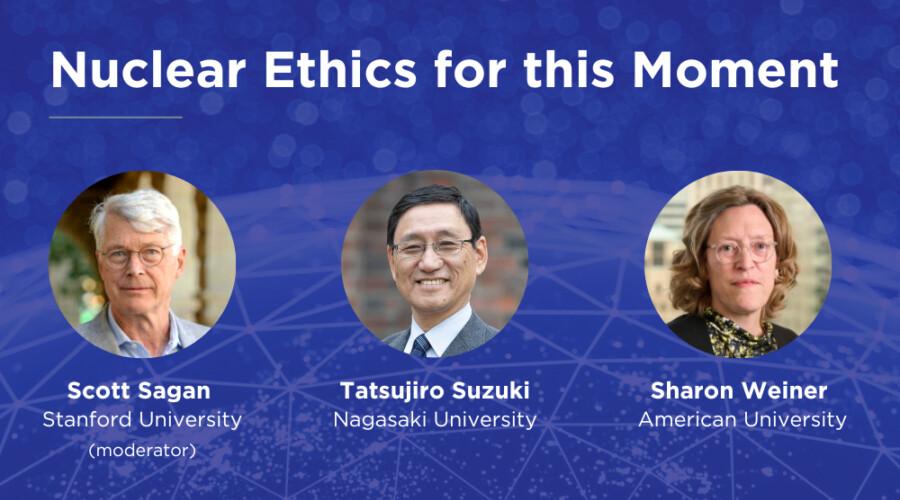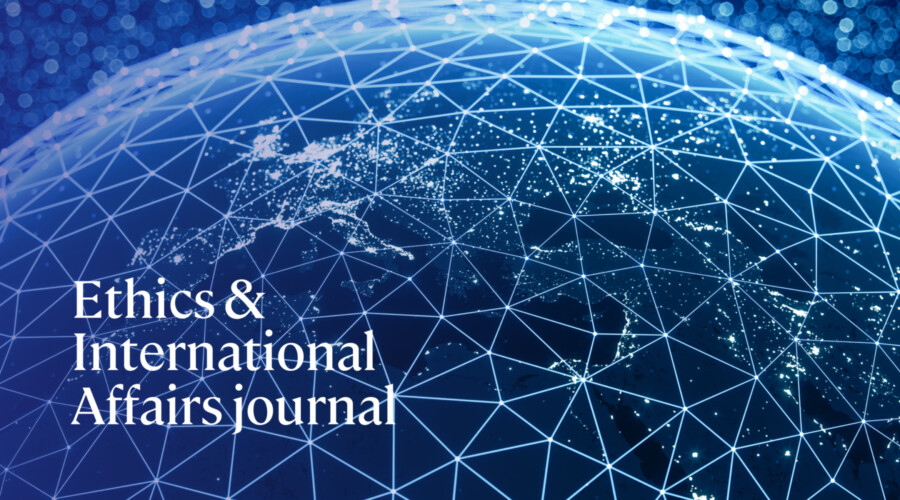Bloodlands: Europe Between Hitler and Stalin, Timothy Snyder (New York: Basic Books, 2010), 544 pp., $29.95 cloth.
“When meaning is drawn from killing,” observes Timothy Snyder, “the risk is that more killing would bring more meaning.” Although Nazism and Stalinism are ostensibly separated by an ideological gulf, this brute fact binds the human nightmares unleashed by both. As Snyder notes, both Stalin and Hitler saw themselves as victims of an international conspiracy—for Stalin, the threat was capitalist encirclement and infiltration; for Hitler, it was the cosmic menace of the Jewish people—which thus justified the wanton slaughter of millions of innocent people according to a logic of self-defense. For both men, killing became self-justifying, leading to more murder, and more death.
For instance, Stalin’s decision to starve millions of peasants in Soviet Ukraine in 1932–1933 in order to export grain and thereby increase the Soviet Union’s foreign currency reserves was subsequently portrayed as evidence of the treason of the Ukrainian peasantry (to starve was to resist). When many of those Ukrainians who were “merely” sent to the Gulag for failing to meet their grain quotas were released in 1937–1938, Stalin saw their release as threatening—their time in the Gulag was evidence of their potential for future disloyalty—and subsequently ordered the murder of over 70,000 Ukrainian “kulaks” as part of the Great Terror. Neither solely a history of Nazi atrocities nor of Stalinist terror, Bloodlands examines the intersection of territory, ideology, and economy in the region of Eastern Europe and the western Soviet Union where fourteen million civilians and prisoners of war were killed by the two regimes between 1933 and 1945. The major contribution of this book is that it examines these atrocities as part of a continuum, refusing to compartmentalize the crimes of either regime, and in doing so it exposes the reader to the ebb and flow of mass murder within a relatively compact physical space. Where Soviet agents terrorized hundreds of thousands of Poles one year, the fires of the Nazi extermination camps burned the next.
Meticulously researched and ambitious in scope, Bloodlands provides an engrossing, if highly disturbing, account of some of the greatest evils of the twentieth century.
How Enemies Become Friends: The Sources of Stable Peace, Charles A. Kupchan (Princeton: Princeton University Press, 2010), 448 pp., $29.95 cloth.
The transition from enmity to halting cooperation and, eventually, to lasting friendship between states begins, according to Charles Kupchan, “amid peril.” Faced with multiple strategic threats and a scarcity of the resources necessary to counter them, a state gambles on a unilateral offer of an outstretched hand to an adversary. If the offer is rebuffed, the parties return to geopolitical rivalry, which is, after all, the default setting of international relations. If, on the other hand, the offer is read as a genuine invitation to a handshake (rather than, say, a duplicitous scheme for delivering a sucker punch), the two countries can begin to move down the delicate path toward stable peace—the defining characteristic of which is the banishment of armed conflict from the tool kit of legitimate statecraft.
Loyalists to one or another school of international relations may chafe at this ambitious and conceptually diverse work of stable peace theory-building. Yet Kupchan—a professor of international relations at Georgetown and Senior Fellow at the Council on Foreign Relations—draws explicitly, and eclectically, from a variety of theoretical sources, and the result is an appropriately nuanced account of peacemaking that smartly frustrates traditional boundaries. Although the onset of stable peace is best described by realism, as is the pervasive nature of geopolitical competition in general, the fact that international anarchy can give way to “international society” at all, and that this process is nurtured by the institutionalization of rules and norms and a commitment to reciprocity, is well accounted for by liberal theory. Constructivist ideas about identity and the formation of cultural narratives, meanwhile, provide crucial sociological insights into the shift in political discourse that precipitates the consolidation of stable peace.
The bulk of the book is given over to some twenty case studies, dating from the thirteenth century on through to the present, and along the way Kupchan’s clear and studious analysis calls into question the supremacy of various theories of international relations. As such cases as the Concert of Europe or, more recently, the Association of Southeast Asian Nations demonstrate, non-democracies are in fact capable of making peace with their rivals. A regime’s behavior, Kupchan argues, indicates better than its type its potential as a partner for peace. Perhaps most counterintuitively, Kupchan finds that, prevailing wisdom to the contrary, political reconciliation must first clear the way for economic interdependence to have any meaningful effect on interstate relations. “Diplomacy,” stresses Kupchan, “not trade or investment, is the currency of peace.”


